From Neolithic sites, the ancient city of Petra, to the Congo rainforest, here are destinations at risk of disappearing due to climate change and human pressures.
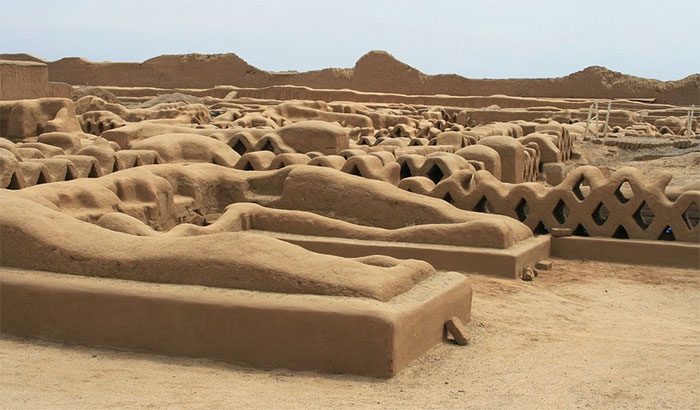
Chan Chan, Peru: Established in 850 AD, this was one of the largest cities in the Americas until it was occupied by the Incas in the late 15th century. Spanning an area of 20 km², Chan Chan was home to at least 30,000 people. Today, this ancient site is disappearing at an alarming and unstoppable rate. Increased rainfall and more frequent El Niño storms are accelerating the erosion of the site. (Photo: Phimavoygages).
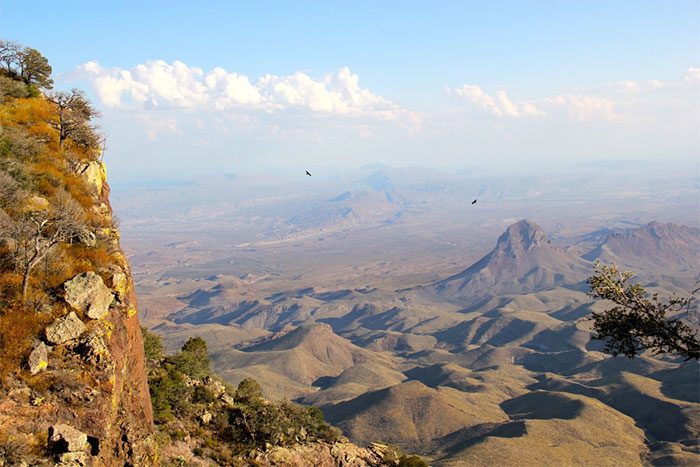
Chihuahuan Desert, Mexico – USA: The Chihuahuan Desert covers an area of 362,600 km2, stretching from Arizona in the USA to Mexico, featuring diverse landscapes: desert, grasslands, wetlands, rivers, and streams. It is home to a rich variety of flora and fauna. However, its biodiversity is under threat due to the diversion of the Rio Grande/Rio Bravo (flowing from Colorado to the Gulf of Mexico) for agriculture and domestic use. The precious water resource, fragmented and overexploited, has severely impacted the environment, leading to the expansion of desert areas. (Photo: Oneearth).
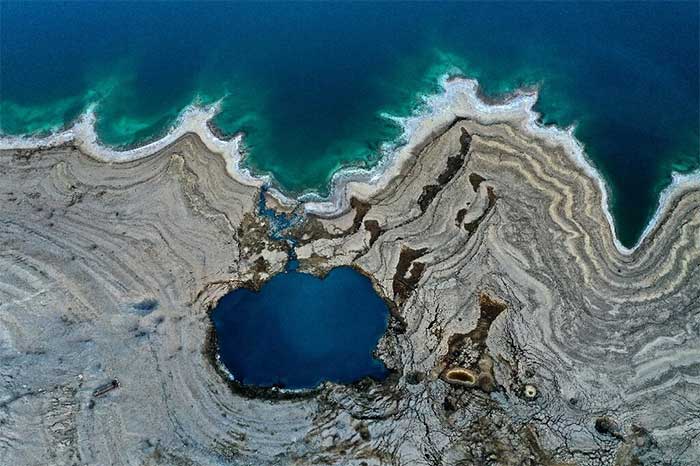
Dead Sea, Jordan – Israel: The Dead Sea has been in a “final stage” for the past 50 years, as its main water source has been diverted for agriculture and urban use. Once 80 km long, it now measures only 48 km, with water levels dropping at a rate of 1 meter per year. The shrinking Dead Sea has led to the formation of sinkholes, threatening roads and homes. (Photo: Phys).
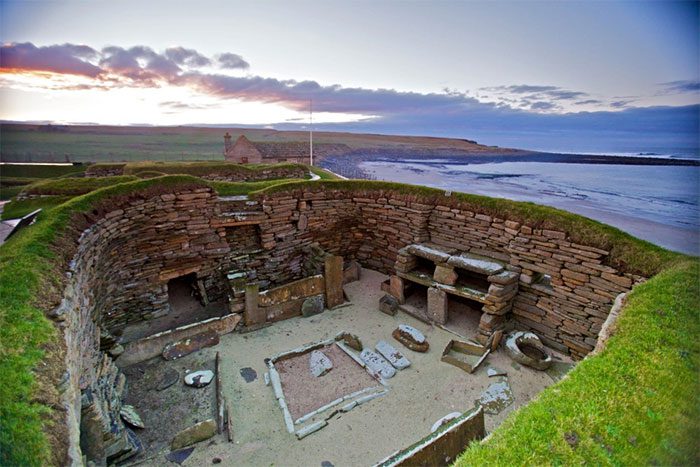
Skara Brae, Orkney, Scotland, United Kingdom: For centuries, this village lay beneath a sand dune known as Skara Brae. In 1850, strong winds and rough waves caused the dune to collapse, revealing this Neolithic settlement. However, weather remains a constant threat to this site. Rising sea levels and intense storms due to climate change could wash away Skara Brae just as they once uncovered it. (Photo: CNN).
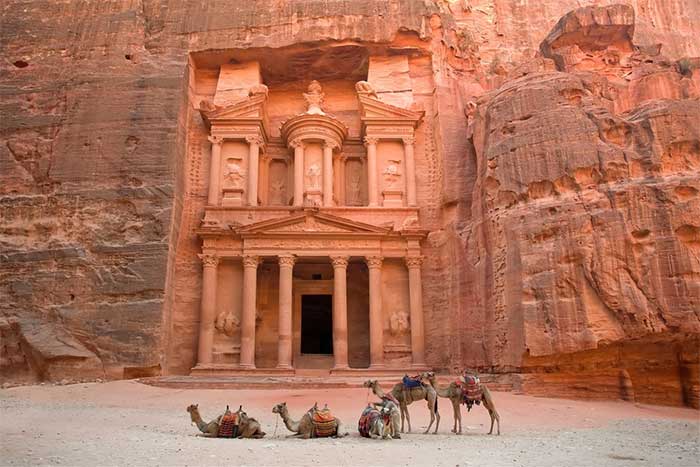
Petra, Jordan: One of the masterpieces of Nabatean culture, later becoming a Roman and Byzantine city, Petra was forgotten for nearly 1,000 years until its rediscovery in the 19th century. Today, it is a popular tourist destination. However, overcrowding, climate change, and political and religious conflicts have made the future of this ancient site precarious. (Photo: Statehouse).
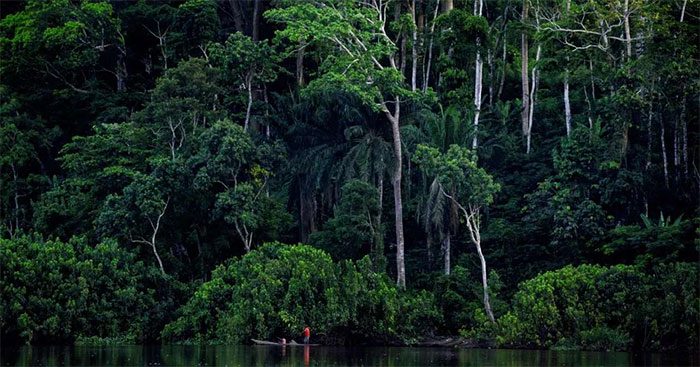
Congo Basin Rainforest: This forest, which is twice the size of France, could disappear by 2100 at the current deforestation rate. In just 15 years, an area equivalent to that of Bangladesh has been destroyed.
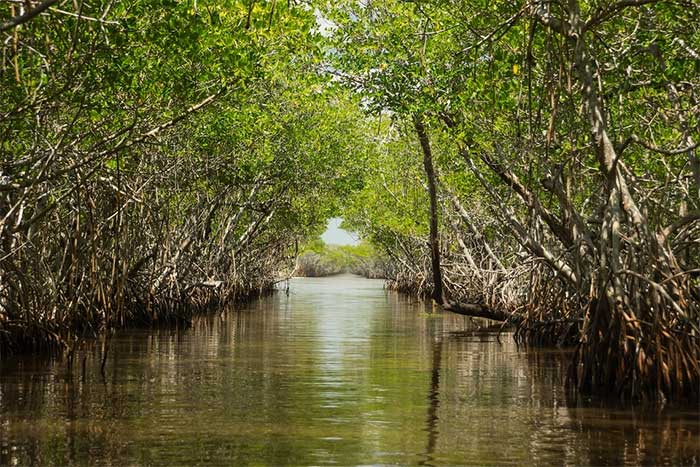
Everglades, Florida, USA: The extensive wetlands of Florida, covering millions of hectares, are at risk of being wiped out due to saltwater intrusion. The mangroves, home to a rich array of wildlife, are shrinking at a rate of up to 30 meters per year. Additionally, the presence of invasive species such as Burmese pythons threatens the ecosystem here. (Photo: CMAT).
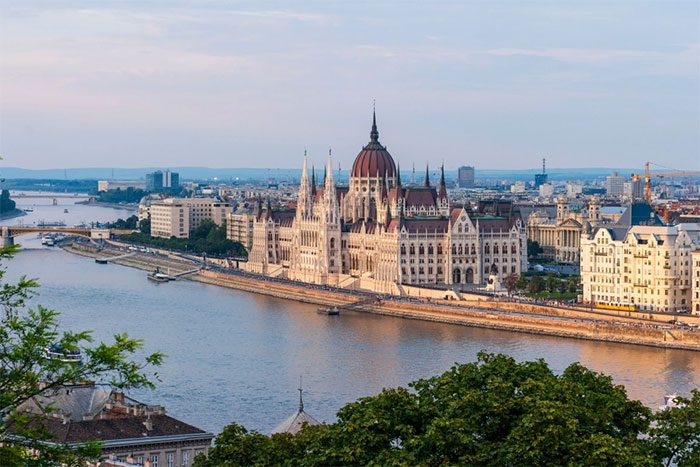
Danube River, Europe: The eastern part of the Danube River is at risk of facing a biological disaster in the future due to heavy metal and chemical contamination from abandoned factories in Hungary, Serbia, and Romania. These pollutants could leak into the river water, impacting the entire river basin. (Photo: Budapestrivercruise).


















































